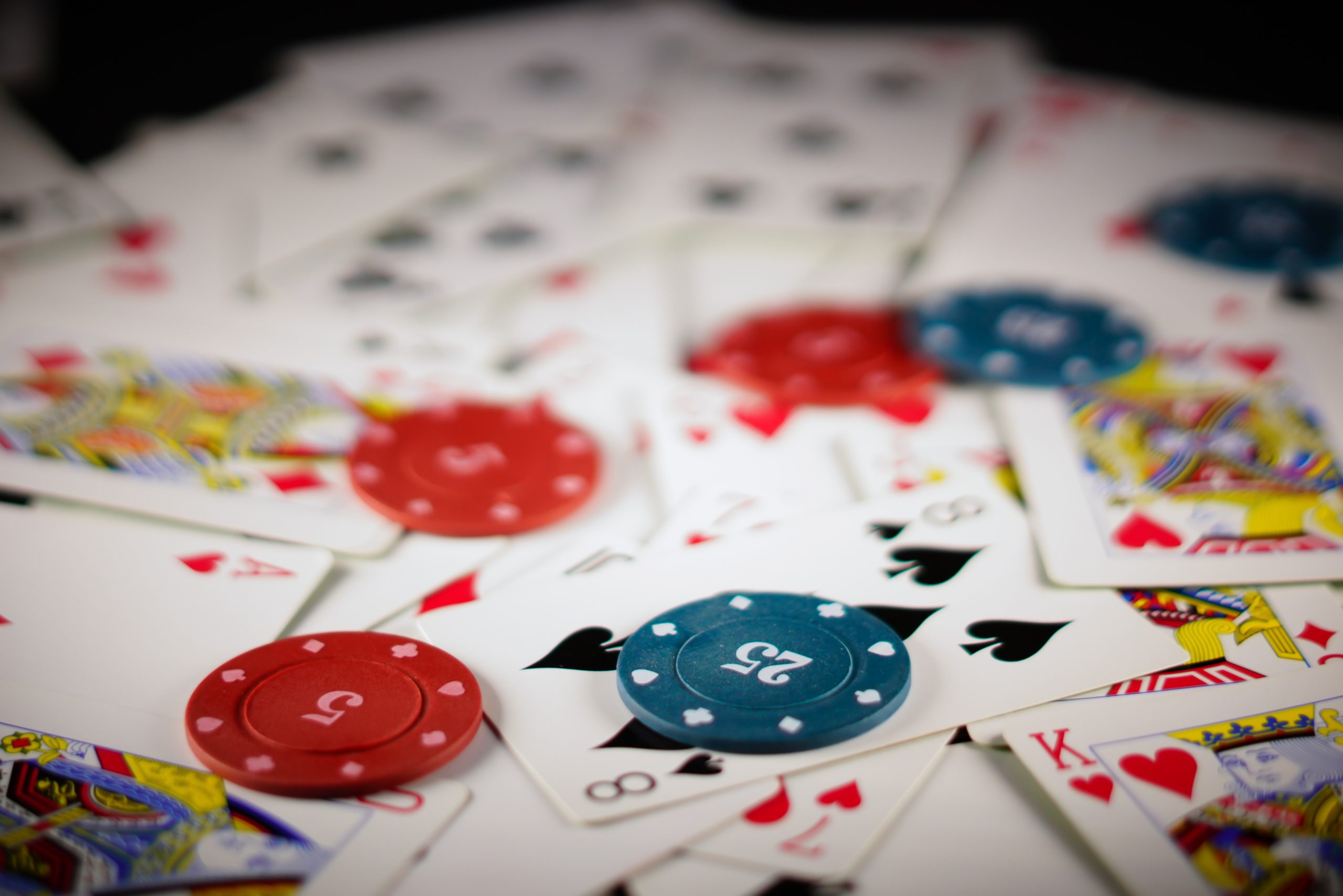Black Jack Card Counting 101
Welcome to black jack card counting 101. If you’re interested in learning how to count cards to gain a real edge in the game of blackjack, this is a great place to start.
Unfortunately, card counting is not a skill that you can pick up with a secret handshake or a cheat sheet. Counting cards is difficult, and learning how to do it well will require patience, determination, and lots of practice. The key is to reach a level where counting cards is no longer just a novel trick but an ingrained instinct – and that takes time.
Luckily the training process can be fun, especially if you enjoy playing blackjack (online). Once you’ve mastered even the most basic card counting techniques, you’ll be part of an elite group of blackjack champs who will forever be one step ahead of the competition.
Card Counting Step by Step
This guide is meant for absolute beginners. If you’re already a blackjack champ, you can skip to Step IV.
I. Learn the rules
First thing’s first! Read up on the blackjack rules. It’s no use being a counting whiz if have not yet mastered the basics of the game. Blackjack comes in a rainbow of game variations so make sure you know what style you intend to be playing. (Hint: novelty, online and tournament variations are not suited to card counting.)
II. Master basic strategy
Once you know the basics, it’s time to learn more. Our blackjack strategy guides are a great place to start. Required time for memorization: 20-30 hours.
III. Playing and practicing
Now it’s time to play as much blackjack as you can. A good place to start is with these online blackjack games free. After a while you will begin to notice common card combinations, and you will start to understand how to react to each one. You should expect to spend another 20 hours or more on this step. It’s important to have as much experience playing with basic strategy as you can get.

IV. Learning the card values of a counting system
By now, playing blackjack should be easy, and you should know instinctively how to react to any situation. It’s time to start counting cards!
First you must decide which system you want to learn. In general the two systems most often recommended for beginners are the Knock-Out KO Count or the Hi-Lo Count. The primary difference between these two is that the KO count does not require a conversion to the true count and saves an extra step by sacrificing a little accuracy.
The first step towards counting cards once you’ve chosen a system is memorizing the relative value of each card in the deck, and learning to count down a deck. Since we have recommended the Hi-Lo count we’ll base our examples on that system.
|
2, 3, 4 , 5, 6
|
Count +1
|
|
7, 8, 9
|
Count 0
|
|
10, J, Q, K, A
|
Count -1
|
In the High-Low card count there is only 1 level of value, so cards are counted as +1, 0, or -1. All 2, 3, 4, 5, 6 cards have a value of 1. 7, 8, and 9 have a value of 0. 10, J, K, Q cards all have a value of -1. Some counters will advise you to learn not to notice that 7, 8, and 9 cards exist at all to minimize the number of things that you must pay attention to.
V. Counting down the deck
Once you remember these numbers, try counting down the deck. Do this by dealing cards one at a time, and mentally count all the cards until you have gone through all of them. If you have counted correctly you should wind up with zero, because the Hi-Lo count is a balanced card counting system. Practice counting down the deck until you can quickly and accurately count through the deck to a zero count with no cards remaining.
When you’re actually playing blackjack, keeping track of the cards in this way is known as keeping a “running count” of the game.
The time required to learn how to keep a running count of a single deck is approximately 30 hours.

VI. Converting to the true count
When you can count through a single deck, it’s time to learn how to apply it to a multi-deck shoe. This involves converting the running count, which you calculated above, into a true count.
True count takes into consideration the number of decks being used, as well the number of decks still to be dealt. It is calculated by dividing the running count by the number of decks still in the shoe.
The reason we need to do this when playing with more than one deck is because the same running count can mean different things depending on how far along the game is. For example, a running count of +10 is much better if there are 2 decks remaining as opposed to a shoe with 5 decks remaining.
Let’s look at an example. If you have a four deck game with a running count of +6 you have to look at the discard tray to calculate how many decks are remaining. In this case we’ll estimate that 3 decks remain so that the true count is then +2.
Eventually you will run into the problem of dividing with fractions or numbers with decimals and you will learn to handle these calculations smoothly as you switch between the running and true count.
This is usually the step that takes the longest to master at a conservative 60 hours.
VII. Distraction training
Counting cards while dealing out of a deck at home is one thing. Sitting in a crowded, noisy casino and trying to keep a true count of an 8 deck shoe is completely different. The last and most difficult step in learning to count cards is learning to do it in a distracting environment.
Start small. While counting at home, add background music. When that fails to throw you off, add something like a loud television and a roommate or spouse. The best practice session would be at a loud party or a rambunctious family reunion. Of course you’ll want to make sure that this new skill doesn’t prevent you from also enjoying other people and activities going on!
When you can keep track of a deck and hold a conversation with someone while there are all sorts of noises going on in the background, then you’re ready to take your new skills to the casino. Estimated time for mastery is generally around 25 hours.
If you’ve paid attention to the time estimates for each step, you are looking at about 165 hours of training. The exact number will depend on you, and on how determined you are to come out ahead. Learning to count cards in blackjack is a big undertaking, but trust us when we say that it’s a very rewarding experience!
Card Counting Tips
Before you dive in and start learning, here are a few tips you should know.
Be subtle
Counting cards is not against the law, but casinos don’t like it, and you can get thrown out if you’re caught. The biggest mistakes beginners make is not being subtle. If the dealer sees you muttering under your breath, or constantly checking the discard pile as you try to calculate the true count of the game, he will get suspicious. Learn to act casual, and practice counting until you can do it instinctively.
Don’t bother counting online
Online blackjack is a wonderful thing, but internet games are no good for card counters. The reason for this is simple: the deck gets shuffled after every hand, making card counting useless. This makes sense, since counting cards online would be so easy. You could even use a pen and paper! Of course, playing online is still a great way to practice, so keep your blackjack casino online accounts open while you learn to count cards.
Read, read, read
We have covered the basics here, but there are literally hundreds of blackjack card counting books out there. Grab a few and learn more!
Don’t overestimate your skills
Like we said from the very beginning, counting cards is difficult. Even if you think you’re ready to hit the tables, you probably have quite a lot to learn. Don’t expect to fumble about with a deck for a few hours and think you can count cards, it takes a lot of practice to perfect.
That’s it – you have completed Card Counting 101. Good luck!









